On Monday, I moved into my dorm at SNU. My true home is under the dome at Notre Dame, but I quickly came to like it here. My room had AC, which actually saved my life because the heat is so intense in Korea during the summer. My room also had a bathroom and a shower, which was weird at first since I was so used to sharing a bathroom with an entire section of girls at ND. I was already in the room when my roommate walked in. I was surprised by her Korean speaking proficiency, since she was Vietnamese. I soon found out that she was studying Korean at her university in Vietnam for about two years and that she was driven to learn the language because of her love for Korean culture. Throughout the week, after meeting people from all over the US and all over the world, I found out that almost everyone was somehow influenced by Korean culture and wanted to learn more about my country. This made me extremely proud of my heritage and I was more motivated to share my story and my dual identity as a Korean-American.
Classes at SNU ISI are on Mondays, Wednesdays, and Thursdays. This week, the first class was on Wednesday. I was excited to start learning and meeting new people and studying under renowned professors. For Korean, I had to take a placement test to determine what level I would be in. I ended up being placed in level 5, primarily because I could speak fairly well. It turned out that all of my peers in my Korean class are like me: Korean-American and proficient in speaking but lacking in other areas. In every Korean class, it was stressed that we only communicate in Korean so as to improve our skills and on-the-spot thinking.
Every Friday, the program goes on “field trips” which give us opportunities to see many facets of Korean culture. This Friday, we went to go see a popular musical called “Hero” or “영웅”. It was about the real-life story of An Chunggun, a Korean independence activist responsible for the 1909 assassination of Ito Hirobumi, a Japanese administer of power in Korea, just as Japan was preparing to annex Korea. Though An was imprisoned and subsequently executed, he is also said to have inspired various Japanese officials — including prison guards and prosecutors — through his humane spirit and kind demeanor.
I was also pleasantly surprised at the quality of the dining hall food at SNU. Unlike American colleges, universities in Korea serve meals instead of having a buffet style system.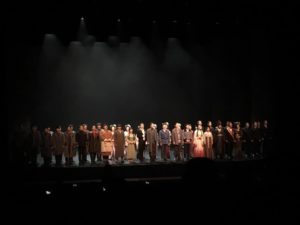
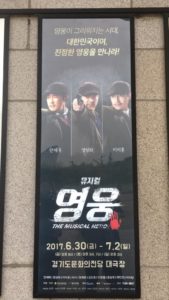
the cast of “Hero” at the end
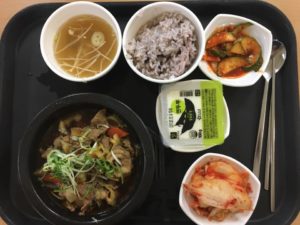
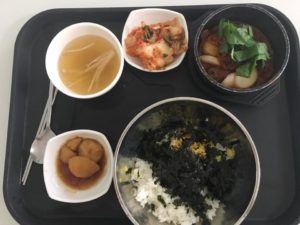
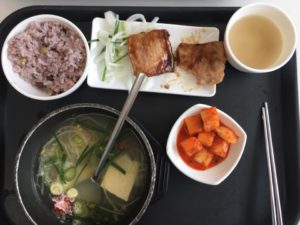
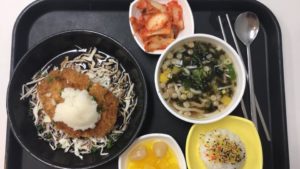
pictures of some meals I’ve had this week
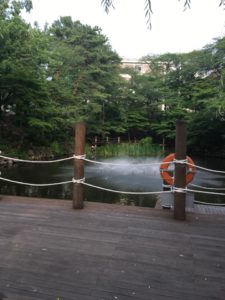
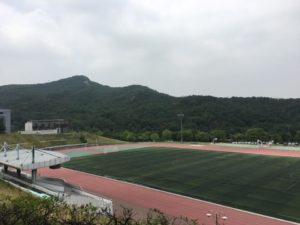
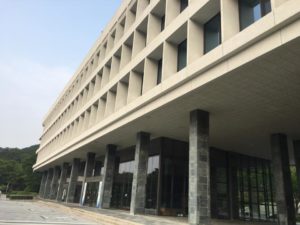
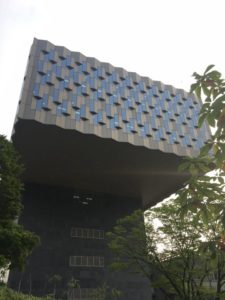
pictures of some of the key locations on campus
- students and faculty enjoy relaxing by this pond when they have free time
- athletic field (definitely doesn’t compare to our stadium)
- the main administration building
- the newly built modern library

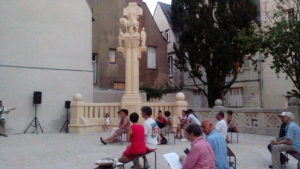
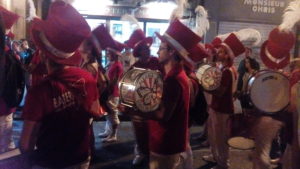
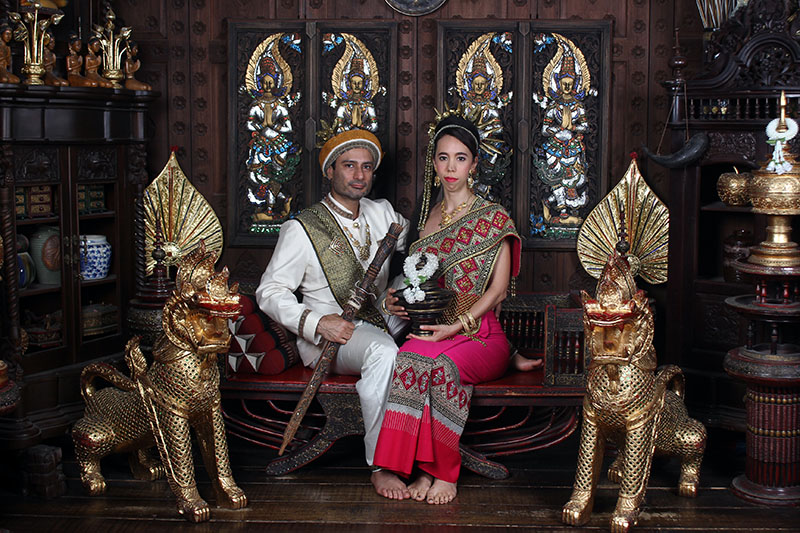
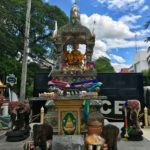

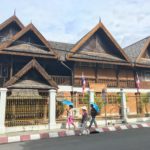
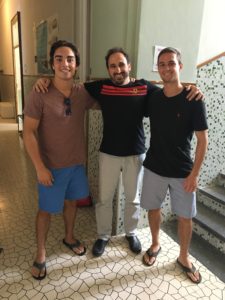
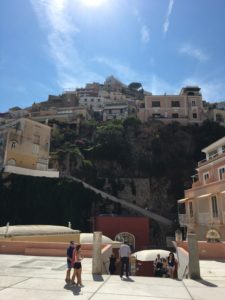
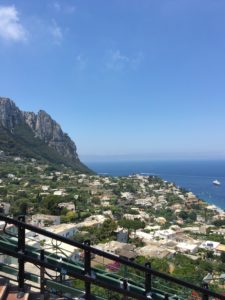
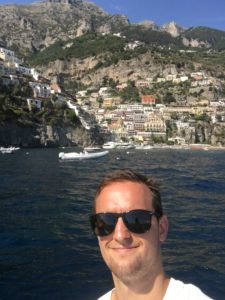

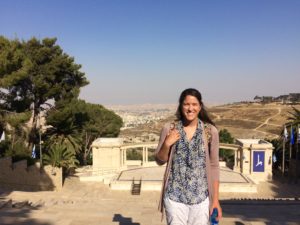
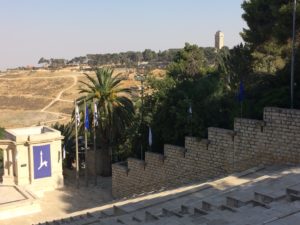
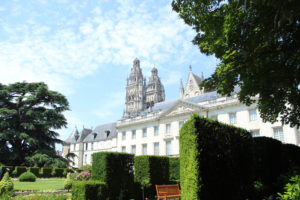
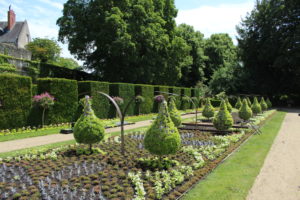
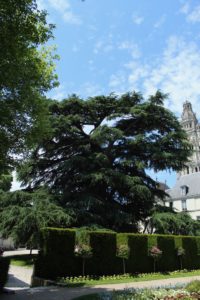
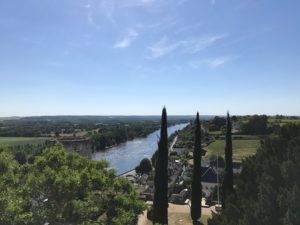
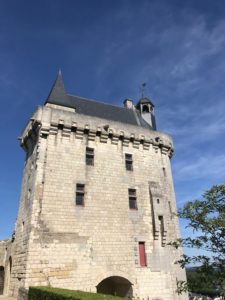
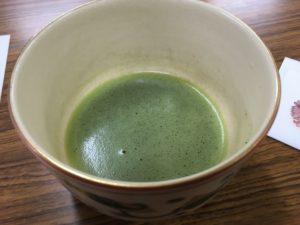
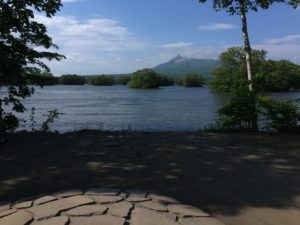
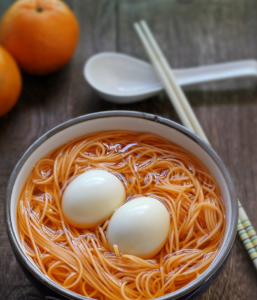

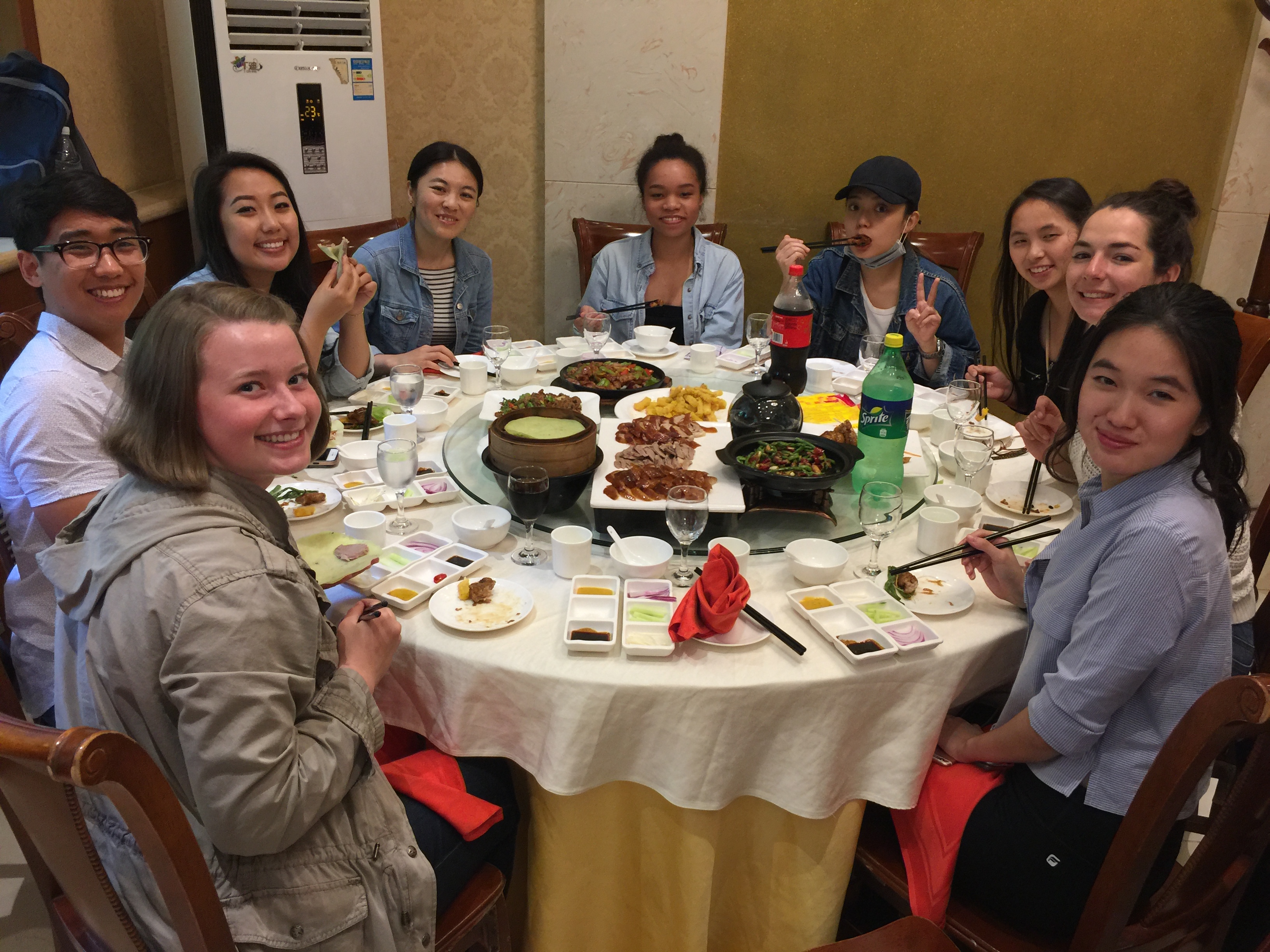 After our first full week of study here in Beijing, we were treated by our teachers with Beijing’s most well known cuisine. To reward us for making it through our first test, we were taken out for lunch to a wonderful restaurant to finally try Beijing’s famous Peking Duck
After our first full week of study here in Beijing, we were treated by our teachers with Beijing’s most well known cuisine. To reward us for making it through our first test, we were taken out for lunch to a wonderful restaurant to finally try Beijing’s famous Peking Duck